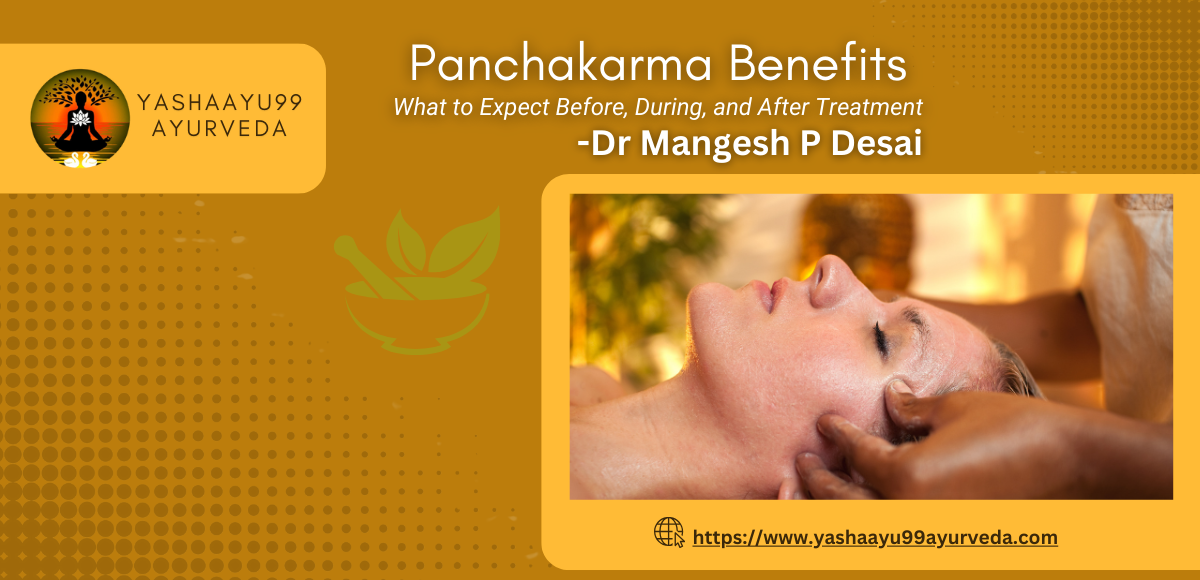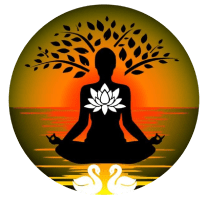
Panchakarma Benefits: What to Expect Before, During, and After Treatment
Panchakarma is an essential part of Ayurveda and is used in the treatment of ailments. This all-embracing process of clearing or purification and revitalization is designed further to restore the equilibrium of the three doshas: Vata, Pitta, and Kappa.
The Panchkarma treatment in pune is effective on the cellular level in order to cleanse negative forms called ama and achieve harmony within the body. It is also a jack of all trades for all modern-day ailments such as stress, digestive complications, and weakened immunity systems.
Benefits of Panchakarma
The main Panchakarma benefits are:
1. Detoxification
The concept of Panchakarma starts with detoxification. Poisons are stored in the body, which makes it not to perform right, leading to chronic diseases and fatigue. Panchakarma involves specific techniques that eliminate toxins from all the inners systematically, which makes the body fresh.
2. Mental Clarity
Detox and reduction of tension relieve stress and instil mental concentration ability. Some of the panchakarma treatments like Nasya & Shirodhara helps to in making the spirit productive and creative.
3. Stress Reduction
Current day life events lead to a lot of strain hence health implications. Purifying procedures or Ayurveda treatments are known as Panchakarma therapies, which are very effective for patients with nervous disorders. Abhyanga (oil massage) and Shirodhara (oil pouring on the forehead) have a profound tendency to cure nervous problems, including anxiety and sleeplessness or insomnia.
4. Improved Digestion
Bad dieting habits cause slow digestion and toxins to build up inside the stomach. Panchakarma rectifies this by stimulating the digestive fire or Agni, thereby enabling it to absorb nutrients more effectively and for better metabolism.
5. Boosted Immunity
A robust immune system is necessary to have good health. The body gets cleansed and enhanced energy levels, making Panchakarma boost the immune system and helping the body fight infection and recover faster.
6. Emotional Release
Emotional health is often overlooked but is part of wellness. Panchakarma helps eliminate emotional imbalances by detoxifying the mind and making it free from pent-up stress and unexpressed emotions.
Must Read : The Benefits of Natural Remedies For Dandruff You Should Know
What to Expect Before Treatment:
Certain steps are needed to be followed in Ayurveda Panchakarma. Here are the phases that are present in it:
1. Preparation Phase
Before initiating ayurveda Panchakarma, the body needs to prepare itself for deep detoxification. Purvakarma is the preparatory phase that includes dietetics, herbal supplements, and specific practices like Snehana (internal and external oleation) and Swedana (therapeutic sweating) that help in moving the toxins inside the body, making its removal effective.
2. Personal-Assessment
An Ayurvedic physician carries out an extensive consultation in order to evaluate your dosha constitution and imbalance. On the basis of this analysis, a tailor-made treatment plan is formulated according to your needs and concerns for health.
3. Dietary Therapies
The patient is typically encouraged to consume a bland diet consisting of easily digestible foods, such as kitchari-a preparation of rice and lentils, in order to promote cleansing. It is essential to refrain from intake of processed foods, caffeine, and alcohol during this period.
4. Mental and Physical Preparation
A quiet and prepared mind enhances the effectiveness of Panchakarma. Patients are advised to reduce strenuous activities, to be mindful, and to do some light yoga to make the transition into detoxification easy.
What to Expect in Treatment?
Ayurvedic Panchakarma treatment is a process of purification and rejuvenation in which each patient is naturally guided by his health condition. It includes traditional practices of Ayurveda for purification of the body, correct conditioning of the mind and rejuvenation as a means of healthy living.
1. Therapeutic Procedures
Panchakarma treatments are tailored to individual needs and usually consist of a sequence of therapies conducted generally over 5–30 days. These therapies are meant to purify, heal, and rejuvenate specific organs and systems.
2. Vamana (Emesis)
Vamana therapy is the controlled vomiting which is induced by herbal medicines. This process cleans the respiratory tract and stomach by removing toxins and provides relief from diseases such as asthma, bronchitis, and indigestion.
3. Virechana (Purgation)
In this therapy, natural purgatives are used to cleanse the liver, intestines, and stomach. It is very helpful in Pitta-related disorders such as skin problems, acidity, urticaria, and inflammation.
4. Basti (Enema Therapy)
Considered to be one of the most effective Ayurveda Panchakarma treatments benefits, Basti is administered by administering medicated oils or herbal decoctions through the rectum. It addresses Vata imbalances, helping relieve constipation, arthritis, and neurological conditions.
5.Raktamokshana (Bloodletting)
This is a very rare treatment to purify the blood and treat skin diseases, hypertension, and other diseases related to the blood. It is done with methods such as leech therapy or pricking by needles.
What to Expect After Treatment?
The treatment soothes the mind and brings better recovery. Such treatments will deepen relaxation and restore balance in the body.
1. Post-Treatment Advice
An appropriate Post-treatment regime must follow panchakarma treatment courses to ensure that the benefits of detoxification are maintained. Dietary advice, changes in behaviour, and use of natural medicines for a balanced forecast of counterbalancing disorders.
2. After Treatment
Patients are advised to maintain lifestyle and dietary habits post Panchakarma, for which they had undergone the treatment. This consists of fresh home-cooked food, warm water consumption, and avoiding heavy or processed foods.
3. Rejuvenation Phase
The detoxification process is followed by Rasayana therapy, which focuses on rejuvenation and renewal. Herbal tonics and supplements are prescribed to rebuild tissue strength, enhance vitality, and maintain overall health.
The cleaning up of the body and mind typically yields clarity. There is an ability to be much lighter and more relaxed as well as sharper in their concentration. Meditations, yogas, and others are also encouraged for longer periods following the treatment for that sustained advantage.
Ayurvedic panchakarma treatment in pune serves as a reset for the body and mind, making it an excellent opportunity to adopt healthier habits. Patients are encouraged to embrace long-term wellness practices, including regular exercise, a balanced diet, and stress management techniques.
Must Read : The Role of Pranayama and Yoga in Ayurvedic COPD Management
FAQs
- Is Panchakarma suitable for everyone?
Panchakarma can benefit most people, but it is essential to consult an Ayurvedic practitioner to determine its suitability based on your health condition and dosha type.
- How long is Panchakarma?
It could range from minimum 5 to 30 days, depending on the health needs of the individual and the various therapies that are included.
- What is the risk of side effects from Panchakarma?
When professionally performed, Panchakarma is safe. People generally report only minor indispositions, such as fatigue or emotional response during the process, but these usually are short-lived.
- How often should someone receive Panchakarma?
Panchakarma is suggested once or twice a year, depending on the health status of an individual and if an individual is healthy he/she can perform panchakarmas which are indicated as per the specific season. eg. In Vasant rutu Kapha prakop occurs hence Vamana is indicated. In Sharad rutu Pitta prakop occurs hence Virechan or Raktamokshan is indicated at that time and in Varsha Rutu (Monsoon) Vata prakop is there hence Basti is indicated in this season.
